Vikings are renowned for their mastery of the seas and seemingly unending desire to explore distant lands for expansion and adventure. Their chieftains are capable warriors, often staging raids for conquest against foreign territories. While there was also internal strife, they managed to minimize it by launching large-scale campaigns against the Englishmen, Frenchmen, and other Scandinavian regions.
Their prowess with the longboats and sheer cunning and mastery of military strategies earned them a foothold on different continents. They also mastered geopolitical expansion, often subduing one town before annexing neighboring ones to carve a bigger territory until they ruled the land.
Rollo

While his exact origins are still unknown, Rollo’s influence on history is undeniable. He conducted raids off the coast of France in the early ninth century, which enriched the Viking reputation as vicious fighters and sea explorers.
Although he failed in his attacks against Paris and Chartres, King Charles the Simple provided a political compromise. Under the Treaty of St. Claire-Sur-Epte in 911, he gave Rollo and the Vikings a foothold in France as he allocated part of the area in what is now Normandy for them. In exchange for this, Rollo and his men converted to Christianity and continued annexing lands which weren’t part of Charles’ jurisdiction. Rollo took the name Robert, and as part of the political allegiance, King Charles offered his daughter’s hand in marriage. Robert married her, cementing his claim on the lands between the area of Epte and the sea, including Brittany, formalizing their claim.
Erik the Red
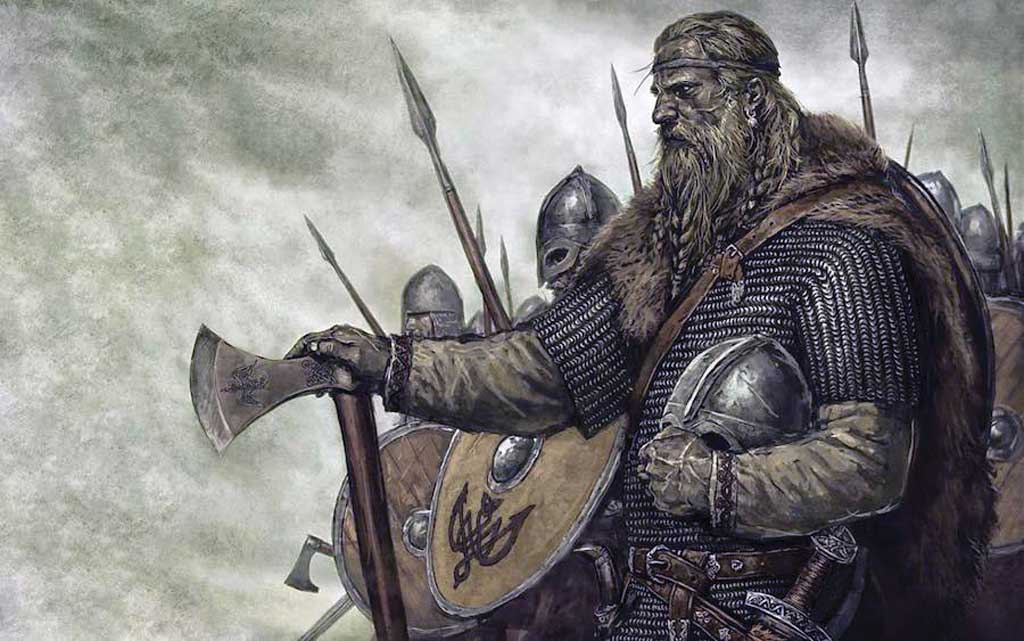
Erik Torvaldsson is a renowned Viking explorer and warrior. Historians surmise that he was born sometime in 950 in the district of Rogaland, Norway, to Thorvald Asvaldsson. Due to his father being convicted of manslaughter, they were banished to Iceland when Erik was ten years old. They settled in Horstrandir in northwestern Iceland, where Erik took as his wife, Tjodhilde Jorundsdottir. Historians say that Erik was given the Red appellation for his fiery red beard and hair and quick temper.
According to Icelandic tradition, they had three children: Leif Erikson, Thorvald, and Thorstein. Erik also fathered a daughter, Freydis, out of wedlock, and her mother remains unknown. Erik the Red is considered the first European settler in Greenland, the place he discovered when he sailed westward. He saw the fjords and valleys and described it as the green land when he returned to Iceland to convince Vikings to settle there.
King Cnut (Canute)
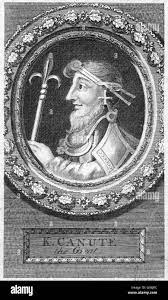
Born sometime in 990 in Norway, Cnut is the son of Danish prince Sweyn Forkbeard and is from a line of Scandinavian rulers, his grandfather being King Harald Bluetooth. His mother is thought to be of Polish royalty descent, known in different references as Swietoslawa or Gunhild.
According to the Knytlinga Saga, King Cnut was tall, strong, and pretty handsome, except his nose was thin, high-set, and hooked. He had a fair complexion and a fine thick head of hair. His eyes are said to be better than most making him more handsome and keener.
He was part of the 1013 campaigns against England. Upon the death of Forkbeard on Candlemas, he was installed as King of England. He fled to Denmark, returning in 1015 with an impressive army which subdued Wessex and was instrumental in the fall of London via siege and subsequent treaty.
Harald Hardrada

Harald Sigurdson was born sometime in 1015. He is also known as Harald of Norway. He is also famous as Harald Hardrada, and the appellation Hardrada translates roughly to stern counsel or hard ruler in the modern Norwegian language. Before becoming king, he spent years as a mercenary and a military commander in Kievan Rus and the Varangian Guard of the Byzantine Empire.
In 1030, he fought and lost in the Battle of Stiklestad. He and his brother Olaf Haraldsson sought to reclaim the Norwegian throne, which they lost to Cnut. Harald was exiled to Kievan Rus and spent time with Prince Yaroslav the Wise. He moved to Constantinople and rose to become captain in the Varangian Guard, seeing action in several places.
He acceded to the Norwegian throne after Magnus I died in 1047. He married Elisiv of Kiev in 1044/45 and also took Tora Torbergsdatter’s hand in 1048.
Leif Eriksson
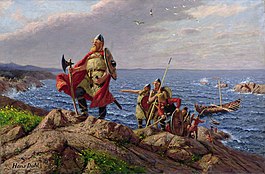
Leif Erikson, also known as Leiv Eiriksson or Leif Ericson or Leif the Lucky, was born in 970 in the Icelandic Commonwealth to Erik the Red and Tjodhilde Jorundsdottir. He is recognized as the first European to set foot in continental America, predating Christopher Columbus by at least a half millennium.
Based on Norse accounts, he established a settlement in Vinland, in what is now considered Newfoundland in Canada. He took as his wife Thorgunna of the Hebrides, who sired two children with him, Thorgils and Thorkell. Records state that he was a strong but considerate and wise man with a striking appearance.
He converted from paganism to Christianity while he was at the court of Olaf Tryggvason of Norway. King Olaf commissioned him to convert the Greenlanders. Differing accounts state that his mother supported conversion, with his father firmly against it. He died between 1019 and 1025 in Greenland.
Olaf Tryggvason

The son of Tryggvi Olafsson, he was born sometime in the 960s in Norway. Historians surmise he is the great-grandson of Harald Fairhair, although there are still some disputes about the matter despite the mention in the Viking sagas.
Historical accounts about Olaf seem sparse, but references agree that Olaf came to the court of Vladimir the Great Kiev and the Kievan Rus. He was enslaved before he came to the court and had an eventful life. He became chief of King Vladimir’s men-at-arms until he had to flee for the Baltic.
He raided ports successfully until he and his men were blown off-course and landed at Wendland, where he charmed Queen Geira into marriage. Her untimely demise left him sorrowful, and he turned to raiding. He converted to Christianity after he suffered from grievous wounds in battle. He used force if needed to compel people to submit and convert.
Sweyn Forkbeard

King Sweyn Forkbeard was born in Denmark on April 17, 963, to Harald Bluetooth and Tove of Gundhild. He married Swietoslawa of Poland, although there are accounts of him marrying Gunhild, the widow of King Erik of Sweden.
Most historians state that King Sweyn was a competent military commander, diplomat and politician who became a successful and formidable monarch. He revolted against his father and, although he was successful, was exiled for fourteen years in Scotland.
He came to an alliance against King Olaf and defeated his army in the Battle of Svolder. Sweyn got control of the Viken district. He was also active in English raids during the early 10th century and launched an attack on London itself. While he failed at first, he turned his attention to Bath, where he gained a foothold on English soil. Sweyn became King of England on Christmas Day 1013 after his campaign.
Ivar the Boneless
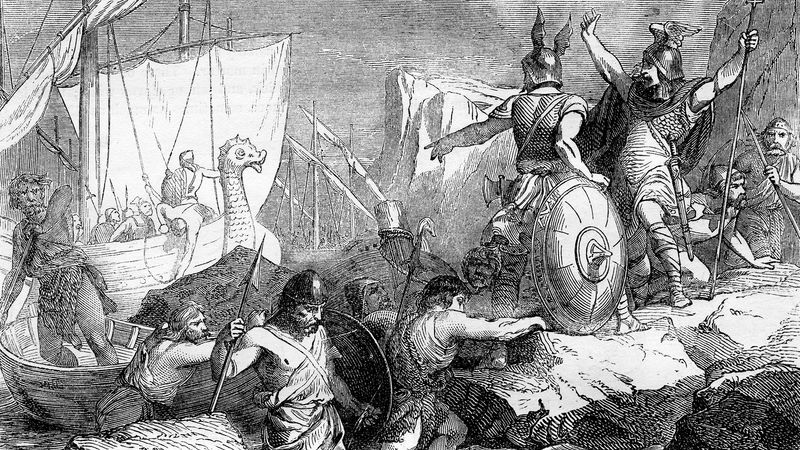
Ivar the Boneless is supposedly the son of Ragnar Lothbrok and was born sometime in the 800s. He is one of the leaders of the Great Heathen Army or the Hingwar that invaded the shores of Britain in 865.
According to different sources, he and his brothers sailed to Britain to avenge their father’s untimely death at the hands of the English nobles. He refused to fight with his brothers against King Aella and instead came to a deal regarding land. He thus founded the city of York. He also avenged his father’s death when he killed King Aella through the excruciating Viking blood-eagle method and ruled the town of Northumbria from his throne in York.
Although Ivar may have suffered from a crippling disability such as osteogenesis imperfecta, weak bones, or male impotence, he is often described as intuitive, cunning, wise, and a master of military strategy and tactics.
Harald Fairhair
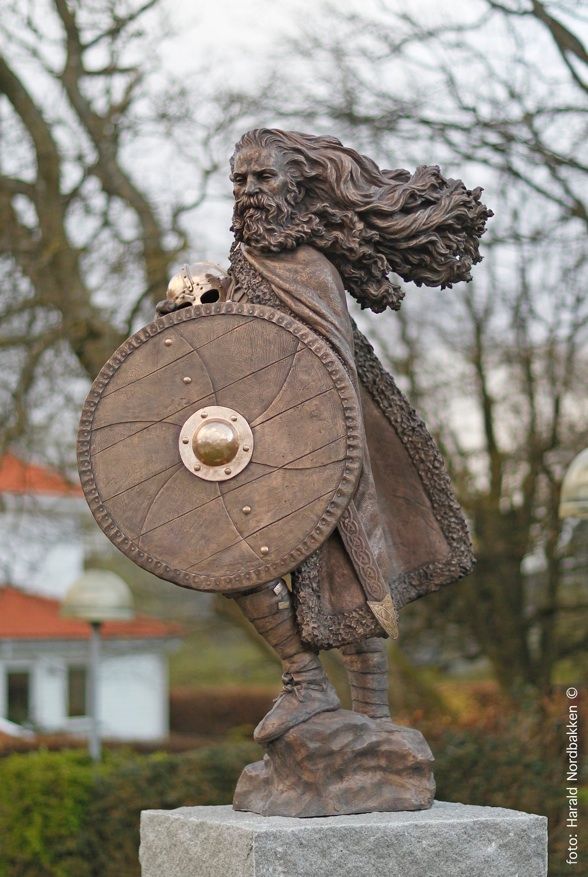
Most historians consider King Harald Fairhair as the first ruler of a unified Norway. He was supposedly born in 850, either in Rogaland or Vestfold, to Halfdan the Black and Ragnhild Sigursdotter. He sired several sons and daughters, notably Eric Bloodaxe and Haakon the Good.
He succeeded his father at age 10, and his first conquest came against the people behind the revolt in the Uplands region of their territory. He also used politics and made a deal with Jarl Haakon to pursue the annexation of the western districts, which culminated in the Battle of Hafrsfjord in 872.
Harald conquered lands and levied taxes, leading chiefs and their followers to emigrate to the British Isles, Iceland and other adjacent lands. He became wealthy because he controlled the coastal trade and ruled through local chieftains. His indirect leadership style was his contribution as it developed the provincial administration of these areas.
Harald Bluetooth
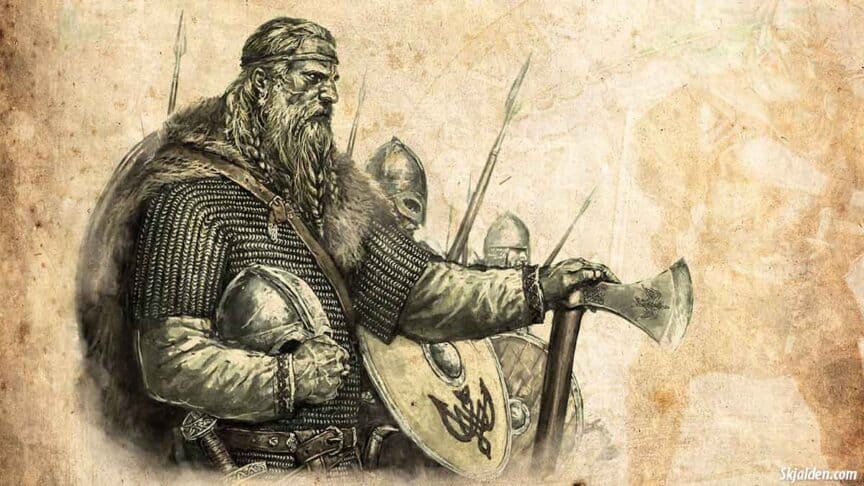
King Harald Gormsson was the son of King Gorm the Old and Thyra Dannebod. Historians place his birth in 911, but others say that he was born in 928 in the town of Jelling in Denmark. He is considered a King of both Norway and Denmark. He introduced Christianity to Denmark and consolidated his rule on Jutland and Zealand. His reign as King of Norway was more contentious as he came to the throne after the assassination of Harald Greycloak. Most historians surmise that his son Sweyn Forkbeard deposed him from his Danish throne to consolidate his authority.
They called him Harald Bluetooth because he had a dead tooth which looked blue and dark. He participated in the raids of the British Isles and ruled Denmark from 958 until his death in 986. He had three wives, Gunhild, Thora, and Gyrid Olafsdottir, and they sired two sons and two daughters.